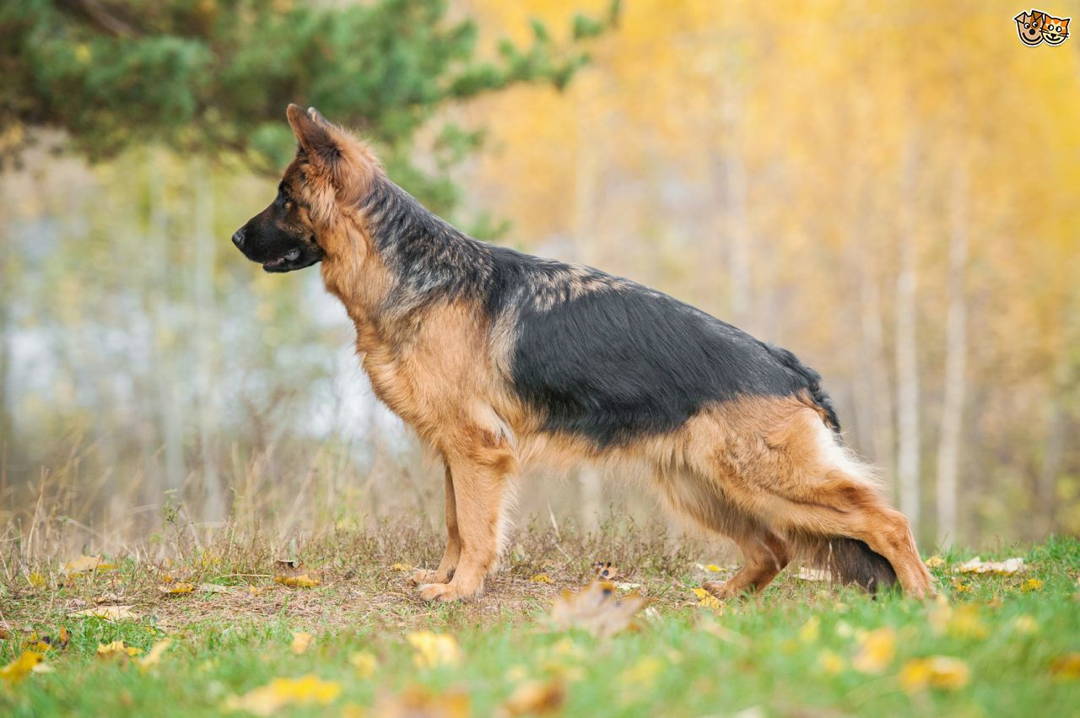
A large number of genes are involved in the development of the painful disease that affects all breeds, mostly large and giant dogs, and usually both hip joints are affected, says Evžen Korec
A healthy dog has the globular head of the femur (thighbone) deeply articulated into the acetabulum (hip socket) and the hip joint capsule is tight. The articular surfaces of the bones fit to each other. The healthy joint performs only a circular movement and does not perform any side movement under normal load. Canine Hip Dysplasia (CHD) occurs if there is an abnormal development of the hip socket, head of the femur, and the joint capsule or a ligament. Besides the normal circular movement in the hip, a side movement of the head of the femur affects the joint during the load. Due to this side motion of the joint, the degenerative changes of the joint appears (arthrosis).
Clinical signs of CHD in young dogs (3-12 months) are reluctance to exercise, very slow standing up, limping, difficulty climbing the stairs, jumping from heights and problems to jump in the car. Sometimes, it is possible to hear unusual clacking sound while walking. In older dogs, CHD is manifested mainly by significant limping. Advanced stadiums of CHD are treatable surgically only and some of them by total hip replacement (endoprosthesis).

Diagnosis & classification
The diagnosis of CHD is determined according to the Federation Cynologique Internationale (FCI) standards by X-ray examination. This method is used for CHD diagnosis in all countries that are members of FCI (majority of European countries, Russia, South America and Asia). In the US and Canada, a different standard is used – OFA (Orthopaedic Foundation for Animals). In the UK, Ireland, New Zealand and Australia, BVA/KC standard (British Veterinary Association/ Kennel Club) is used.
According to the standards of FCI, the X-ray examination is performed at the age of 12-18 months. The exact age, when the examination is performed, is determined for each breed by binding conditions of a relevant breeding club. The result of the examination at the specified age is necessary for the decision, whether the individual will be included in the breed or not. For successful surgical treatment, the examination should be performed much earlier, optimally at the age of 3-4 months.
Heritability Factor
Currently, an intensive research of genes that might be responsible for the origin of CHD is underway. It is obvious that a large number of genes are involved in the development of dysplasia, which makes it a complex polygenic inheritance. The disease can also arise in dogs with a healthy genetic origin, but with the enormous load on the joints during puppy development, such inappropriate loading can be too long and too intensive movement not equal to the age of the puppy or jumping from the heights in young puppies. The cause of arising CHD can also be an inappropriate surface for puppy movement. It can also occur if the puppies do not get proper nutrition. The development of puppies of large and giant breeds requires a sufficient amount of calcium and added supplements containing substances that form joint cartilage. For a good development of the joint, it is necessary to add glucosamine sulphate, chondroitin sulphate, MSM and hydrolysed collagen that can be found, for example, in Apto-flex supplement.
Breeding Value
Recently, a number of genes have been described that are responsible for the origin of CHD. These findings can be used to determine the breeding value (EBV). The introduction of Breeding Value for CHD and breeding only those dogs with optimal breeding value can significantly contribute to reducing the incidence of CHD in each breed. The breeding value can be estimated only by a geneticist and these data are not available for most of the breeders. An extensive research done in the US in 1970-2015 on 60 dog breeds showed that phenotypic selection only, i.e. including the individual into breeding process according to x-ray examination, leads to a significant reduction of CHD presence in all dog breeds.
To read more, subscribe to Buddy Life!
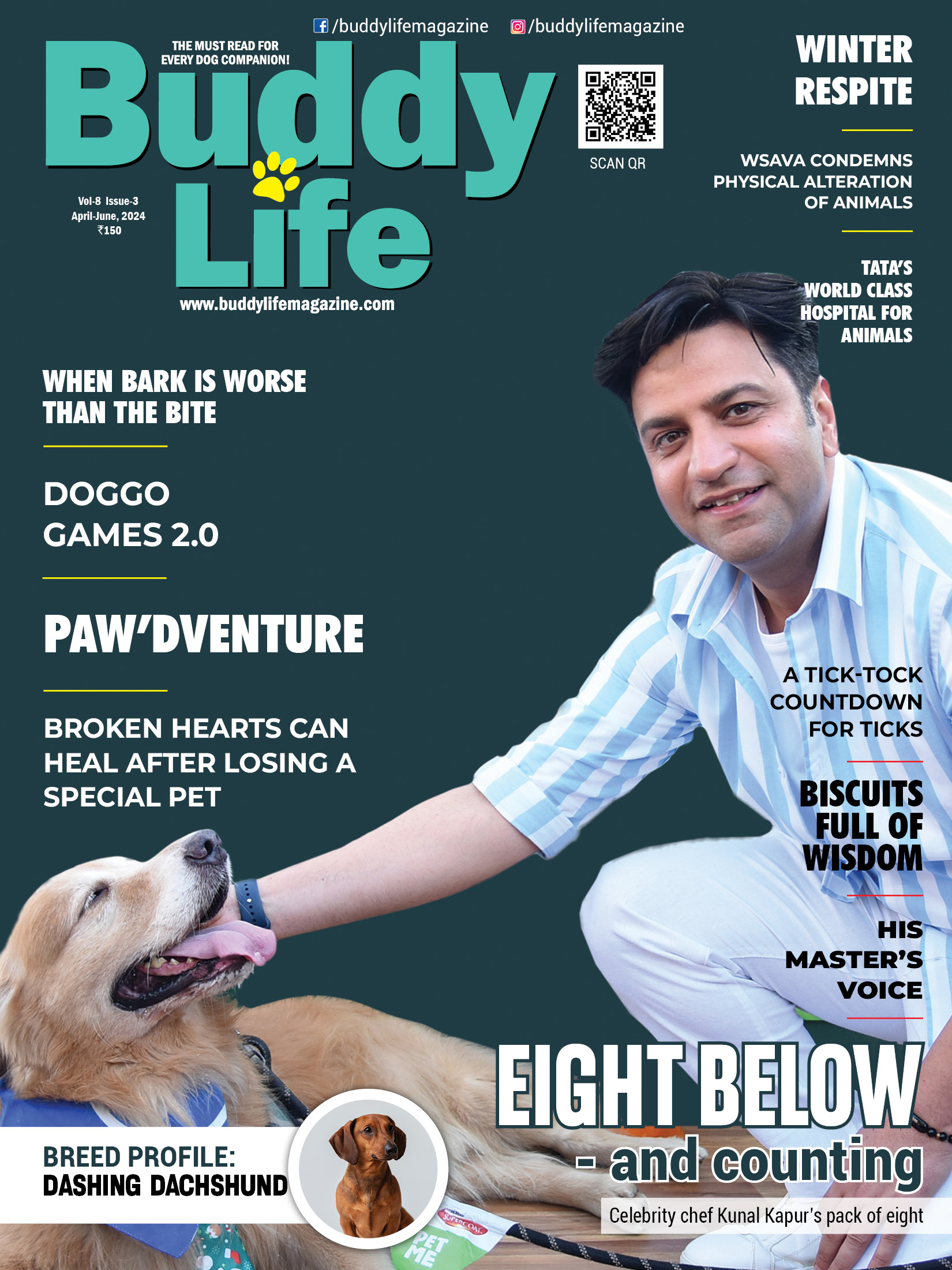






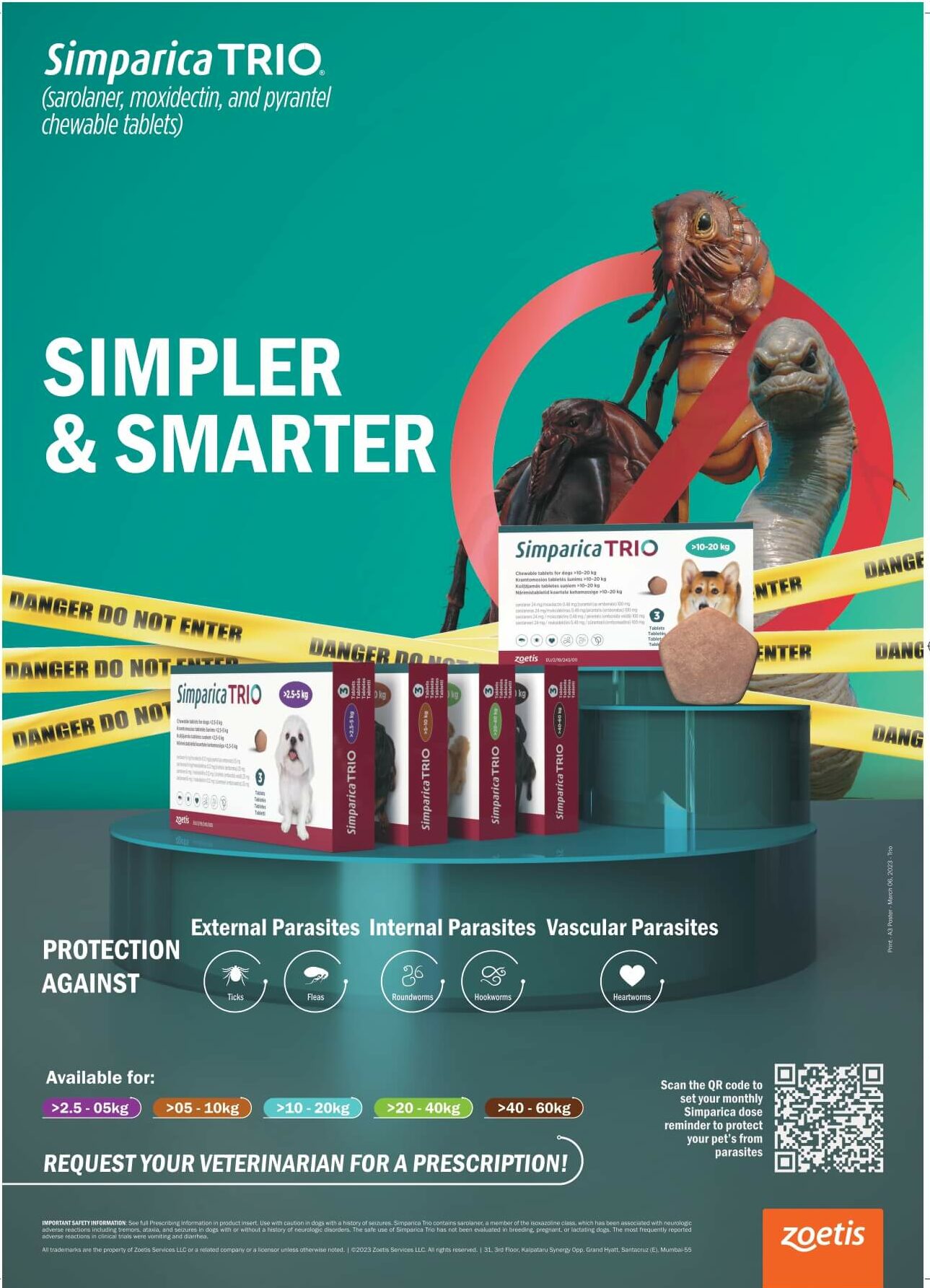
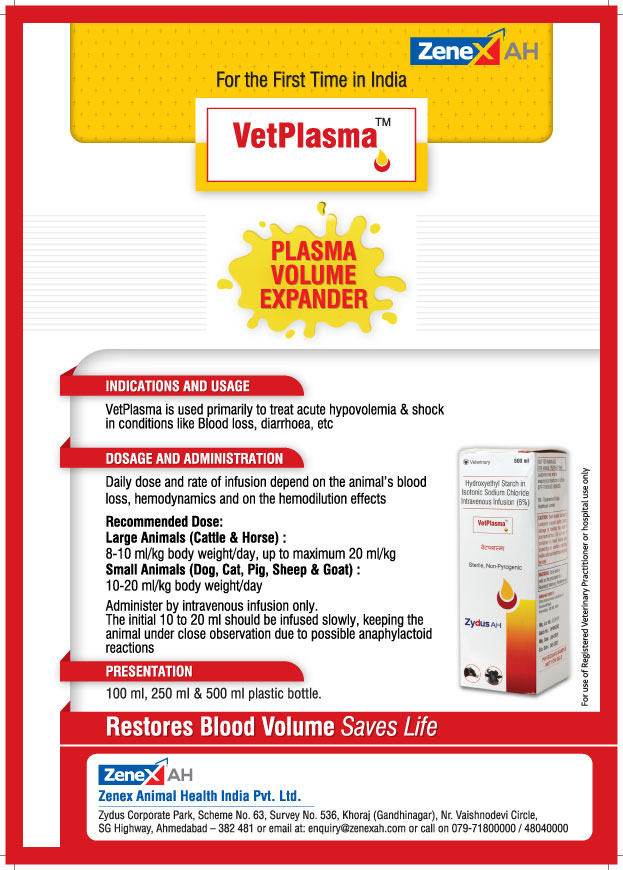

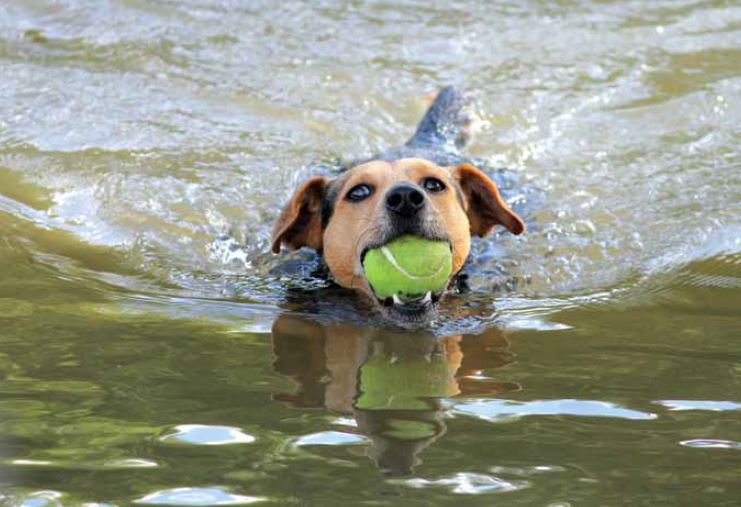 " >
" >
 " >
" >